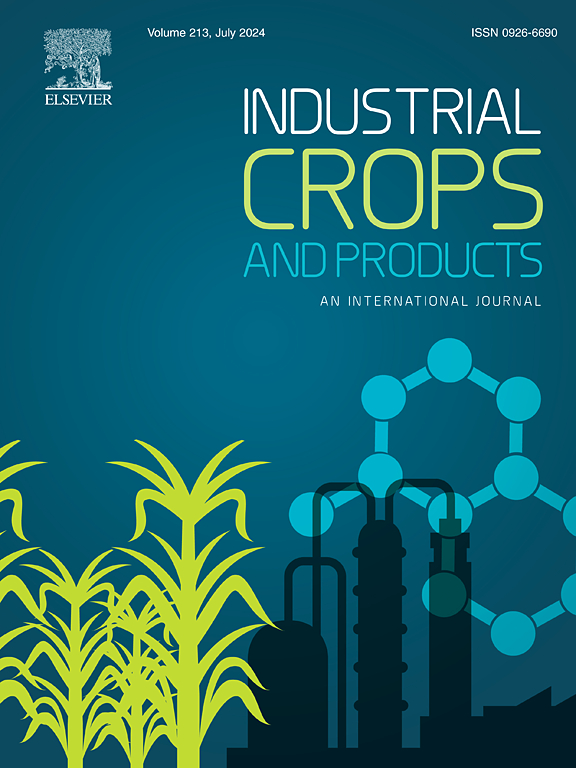Impact of water-washing pretreatment on key properties of torrefied palm kernel shells: A statistical optimization study
IF 5.6
1区 农林科学
Q1 AGRICULTURAL ENGINEERING
引用次数: 0
Abstract
Rapid industrial growth and rising energy demands necessitate sustainable fuels like palm kernel shells (PKS). This study optimizes washing and torrefaction processes to enhance PKS fuel properties, addressing challenges like high moisture, low calorific value, and alkali metal-induced slagging and fouling. Using response surface methodology (RSM), we optimized the conditions for washing (temperature: 27–85 ºC, time: 1–6 hours) and subsequent torrefaction (300°C for 30 minutes). The proximate analysis revealed significant enhancements in calorific value (CV) and fixed carbon (FC), with reductions in volatile matter (VM) and ash content. Optimized samples exhibited the highest CV (25.30 MJ.kg−1) and FC (38.99 %), and the lowest VM (2 %) and ash content (2.5 %), correlating with improved energy content and combustion efficiency. Besides, the optimized conditions also resulted in substantial potassium removal (up to 116 mg. L−1), mitigating the risks of slagging and fouling. Additionally, the BET analysis showed that there were considerable increases in both surface area and pore volume with increased washing severity, and the surface morphology study revealed significant pore formation. TW3 showed the highest BET surface area (61 m².g−1) and pore volume (0.09 cm³.g−1), which uncovers the role of reopened vascular networks that facilitate better gas transport during torrefaction and boost combustion reactivity. Additionally, the cumulative passing particle size distribution confirms that optimized samples generate finer particles than untreated samples, highlighting their higher susceptibility to pulverization. Overall, rigorous washing conditions significantly improve solid fuel quality and grindability properties, making it a more efficient and cleaner solid fuel for industrial applications.

求助全文
约1分钟内获得全文
求助全文
来源期刊

Industrial Crops and Products
农林科学-农业工程
CiteScore
9.50
自引率
8.50%
发文量
1518
审稿时长
43 days
期刊介绍:
Industrial Crops and Products is an International Journal publishing academic and industrial research on industrial (defined as non-food/non-feed) crops and products. Papers concern both crop-oriented and bio-based materials from crops-oriented research, and should be of interest to an international audience, hypothesis driven, and where comparisons are made statistics performed.
 求助内容:
求助内容: 应助结果提醒方式:
应助结果提醒方式:


